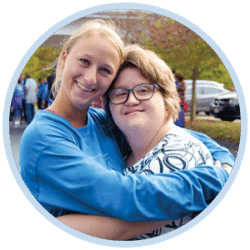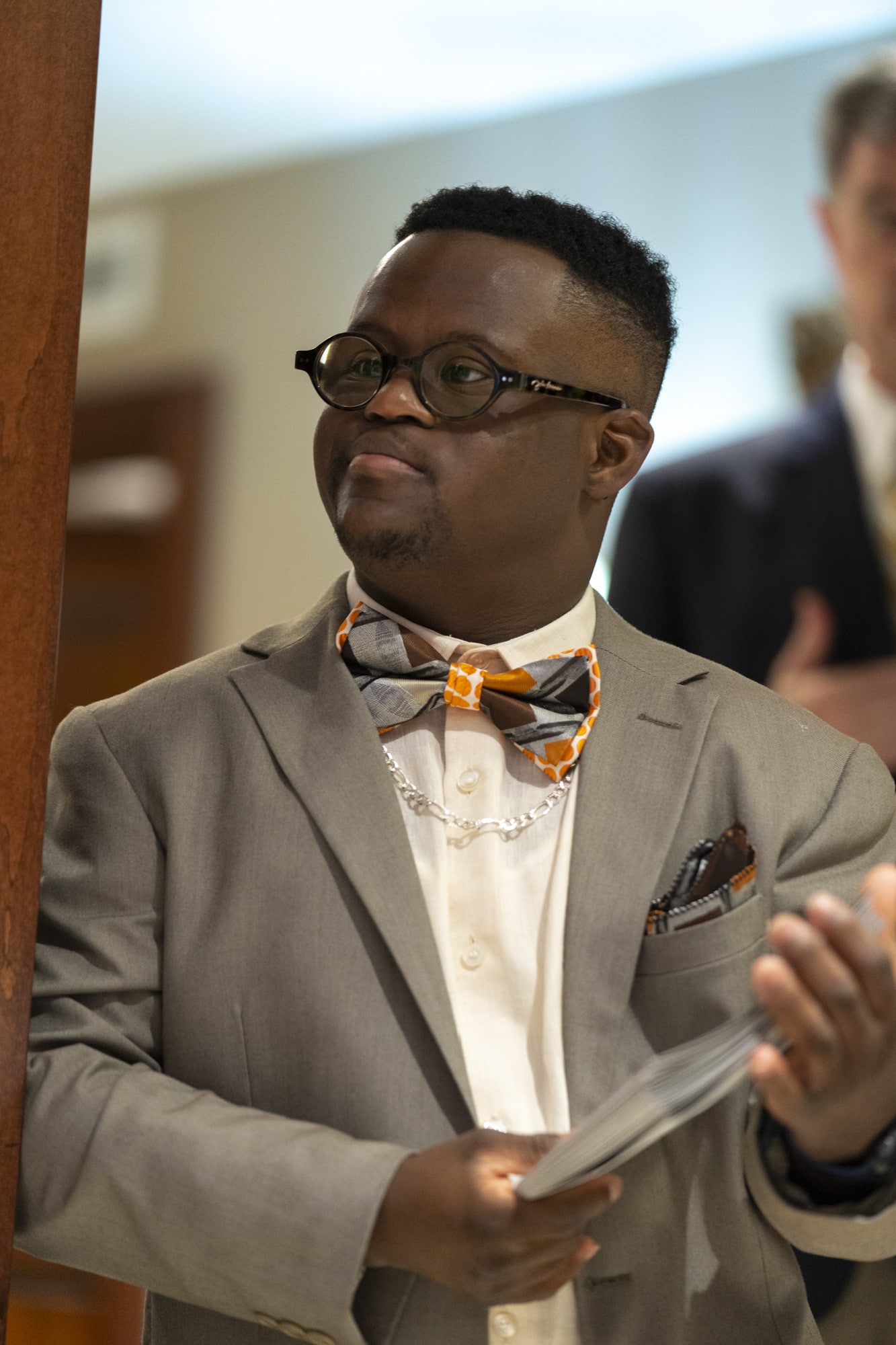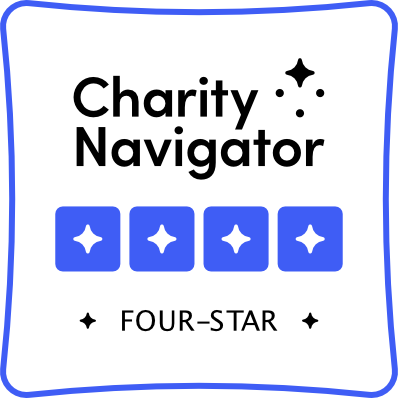The 3 Models for a Successful Disability Ministry

The Goal of Disability Ministry
Your church is already doing great ministry. Disability ministry makes that ministry accessible to everyone!
The three models we suggest aim at a unified church, where people with and without disabilities are together in all things. At the same time, they make allowances for times when integration may not be, for the moment, best.
However, what is easy and what is best are not always the same thing.
Integration requires sacrifice—adjusting expectations, reallocating volunteers, or making material changes to the church.
But followers of Christ are no stranger to sacrifice, are we?
Picking just one of these models won’t work, because what works for one person may not work for another! You’ll need to creatively employ these on a case-by-case basis. These models will emerge as a response to how you Remove Barriers in your church.
The Three Ministry Models
Integrated
An integrated model sees people with disabilities fully participating in the activities of the church. They may do so with support, such as a one-on-one buddy, noise-cancelling headphones, or a seeing-eye dog. Others may be able to fully participate with simple physical changes to the environment, such as wheelchair ramps or elevators.
Hybrid
A hybrid model sees someone with a disability in mainstream activities, when possible, but a specialized environment when needed. Someone who loves to worship but struggles to follow a full-length sermon may benefit from a hybrid approach to church.
Specialized
Sometimes, someone may not be able to participate in many core activities. Someone with complex medical needs, for example, may be unable to even attend church.
In this case, livestreams, Zoom calls, and home visits enable this person to participate in as many ways as they can.Children with extreme behaviors may similarly need their own space. In these cases, “reverse inclusion” may be a viable option. Entering their space demonstrates a commitment to inclusion and provides a bridge to eventual mainstream participation.
A Real Life Example
Regardless of the approach that best meets an individual’s or family’s initial needs, regularly reevaluating these needs will help you adjust your ministry model as circumstances change. Remember that the goal is for people of all abilities to know Christ and find their place of belonging in the Body of Christ (the church). Here’s an example of how we can implement disability ministry models. This story is based on true events.
Nick’s Story

Nick loves church, and especially musical worship. But by the second song, Nick starts bouncing on the balls of his feet, shaking his hands and head, and making involuntary noises. He is overstimulated.
But because everyone else is singing and raising their hands, his behavior goes unnoticed. After worship, the youth pastor leads a high-energy ice breaker. Nick is having the time of his life. As the game ends and most students begin to shift into a time of teaching, Nick is still bouncing and struggling to sit quietly. He’s trying his best, but this is a losing battle. At this point, there are a few things the leaders might try.
First, they might contact Nick’s parents and tell them that unless he can calm down, he’ll have to sit in the main service with them. This scenario misidentifies the problem as disobedience and would result in nothing more than Nick being overstimulated in the main service. If that same approach were taken in the main service, his parents might soon hear,
“Unless your son can behave himself, he can’t sit in the main service.”
What is the family to do? They have effectively been kicked out of the church.
Second, the leaders might take Nick aside during the teaching, trying their best to help him in a smaller setting. The problem appears to be the time of teaching, but in reality, the problem began during worship, even if no one noticed. Correlation does not imply causation, and the fact that Nick can’t calm down during the message does not mean that the teaching is the problem.
Thirdly, and most helpfully, the leaders could (together with Nick’s parents) work to identify the reason for Nick’s struggles.
In the scenario this story is based on, Nick’s parents were able to identify his sensory needs. The leaders then employed a hybrid model in which, during worship, Nick, a leader, and a few of his peers would go to the lobby and worship in a place where the volume and lights were lower. This allowed Nick to come back in afterwards for the game and lesson.
The leaders also made a point to check in on Nick more often. Nick, in turn, learned to take stock of how he was doing and communicate when he needed a break.
Hybrid and specialized models do not mean segregation.
In Nick’s example, some other kids came along to worship with him. This “reverse inclusion” demonstrates that Nick is not forgotten or excluded, but a valued member of the group.
Forcing a rigid model would not have been beneficial to anyone, including Nick!
Conclusion
With a clear goal for what disability ministry is meant to accomplish, we are set up to wisely apply these ministry models. While it’s great to have everyone in one place together, this I not always what’s best for someone with a disability. Hybrid and specialized models (possibly with reverse inclusion) create environments where people with disabilities can encounter God, form friendships with their peers, and ultimately their place of belonging in the body of Christ.
The best disability ministry model is the one that helps make disciples.

Interested in Starting a Disability Ministry?
Explore our resource for tips and guidance on including those with disabilities in your church!






